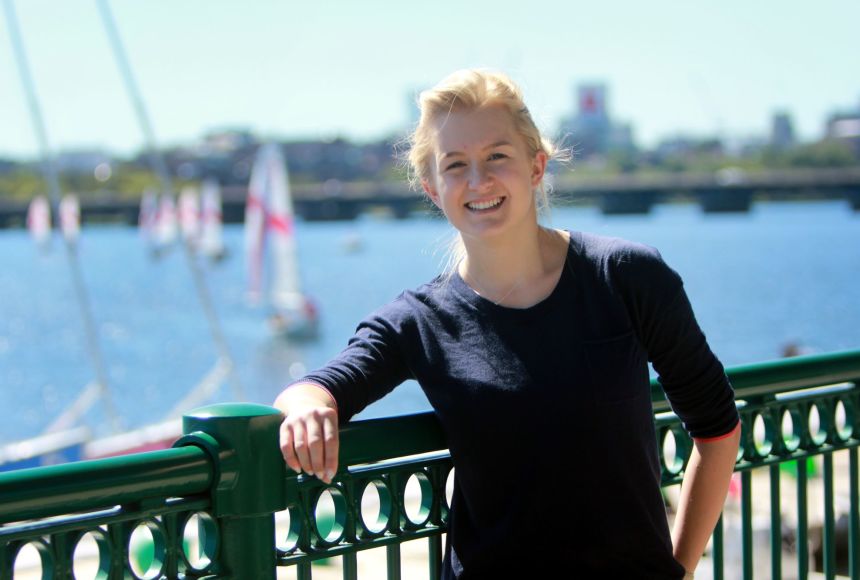ARTICLE
ARTICLE
Explorer Profile: Dr. Grace Young, Ocean Engineer and Aquanaut
Explorer Profile: Dr. Grace Young, Ocean Engineer and Aquanaut
Imagine living deep under the ocean for fifteen days. Do you think you could do it? That is exactly what Grace Young did in 2014, becoming the youngest female aquanaut at the time.
Grades
5 - 8
Subjects
Biology, Ecology, Earth Science, Oceanography, Engineering
Image
Grace Young EP
Dr. Grace Young is a leading expert on the affects of climate change on oceans and reefs. Dr. Young has also built several robots to help monitor the state of Earth's oceans and marine ecosystems.
Photo courtesy of Dr. Grace Young.


Media Credits
The audio, illustrations, photos, and videos are credited beneath the media asset, except for promotional images, which generally link to another page that contains the media credit. The Rights Holder for media is the person or group credited.
Director
Author
Production Managers
Program Specialists
Producer
other
Last Updated
April 22, 2024
For information on user permissions, please read our Terms of Service. If you have questions about how to cite anything on our website in your project or classroom presentation, please contact your teacher. They will best know the preferred format. When you reach out to them, you will need the page title, URL, and the date you accessed the resource.
Media
If a media asset is downloadable, a download button appears in the corner of the media viewer. If no button appears, you cannot download or save the media.
Text
Text on this page is printable and can be used according to our Terms of Service.
Interactives
Any interactives on this page can only be played while you are visiting our website. You cannot download interactives.